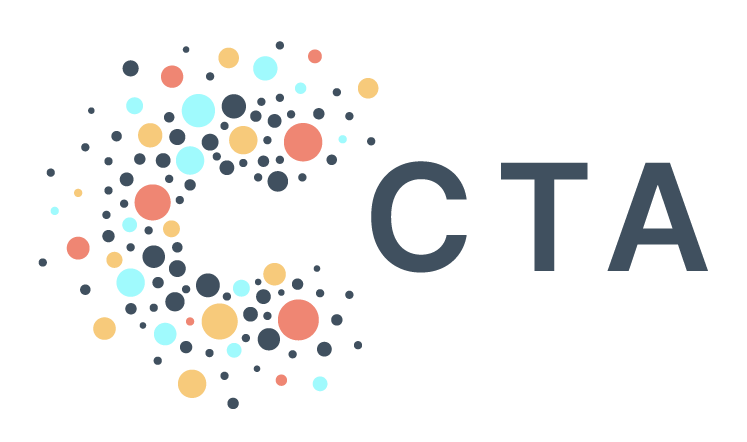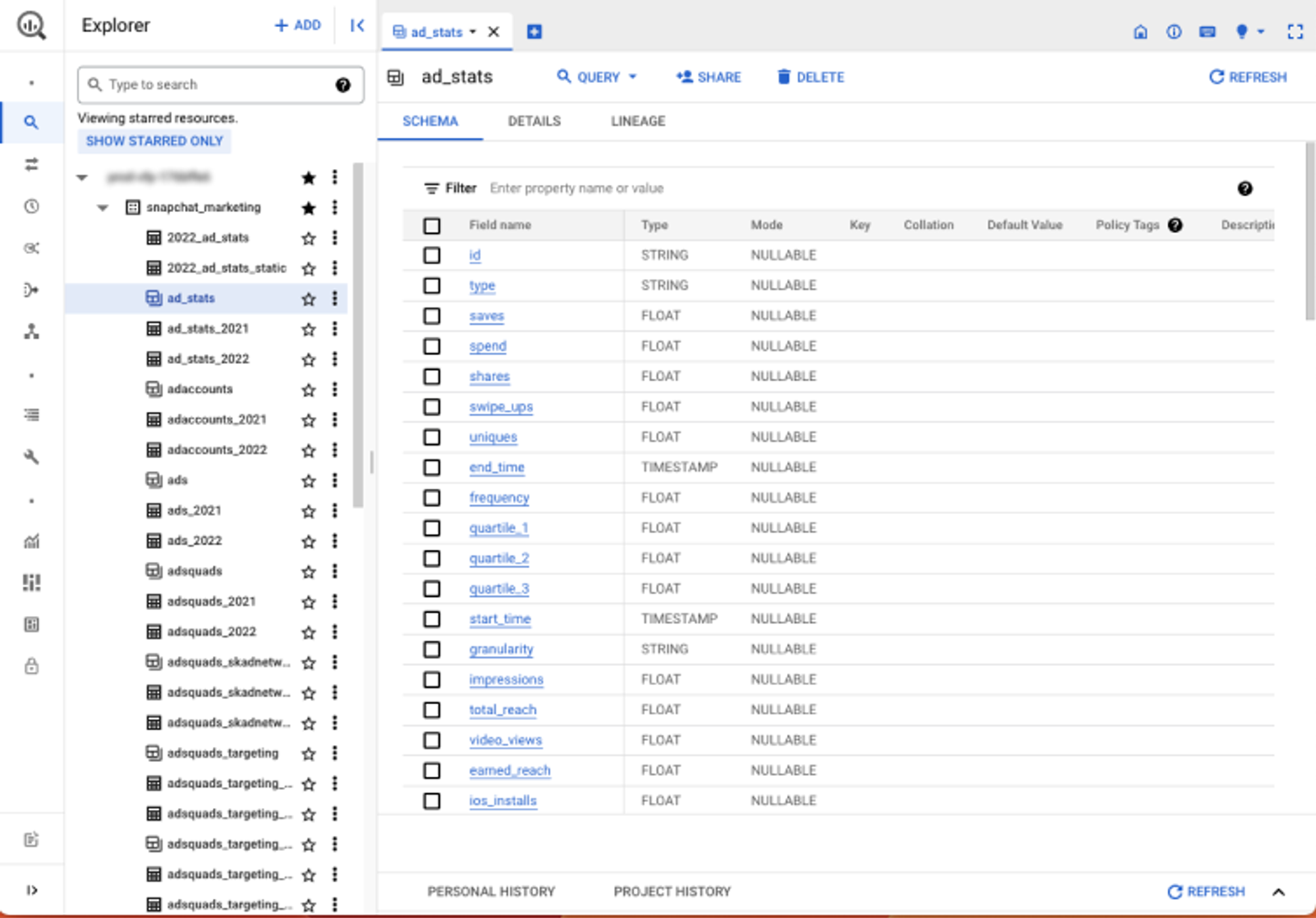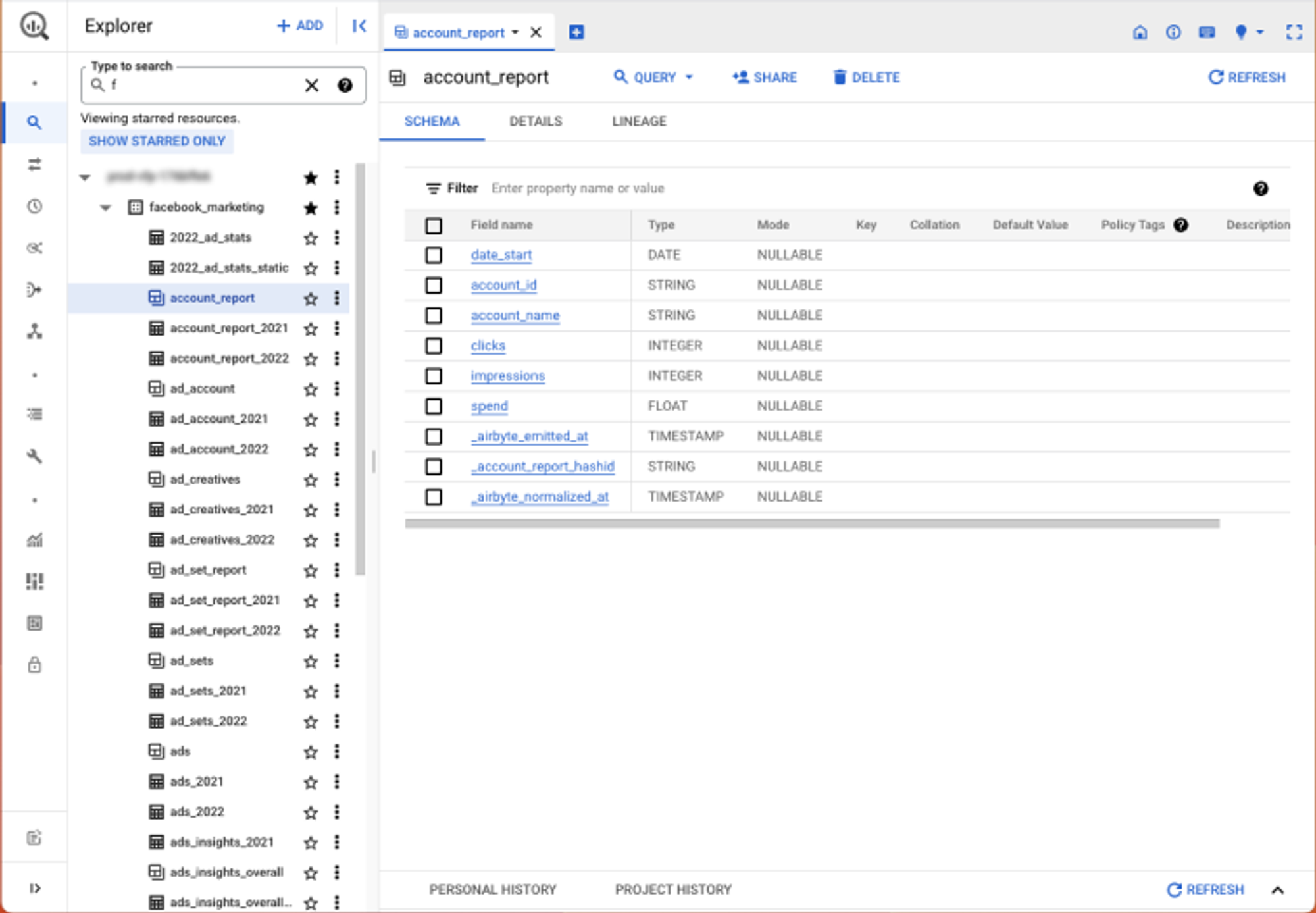Voter Formation Project: Case Study
The Challenge
Voter Formation Project works to increase participation in elections using innovative, long-term, and data-driven digital communications strategies to engage, register, and mobilize new and infrequent voters of color.
By the nature of their work, Voter Formation Project (VFP)’s data lives in disparate channels, spread across the platforms where they’re doing their work: social media platforms, ad platforms, in Google spreadsheets, and through VFP’s down data capture forms, like Make-A-Plan submissions. This disaggregated data made it challenging and labor-intensive for VFP to understand and evaluate the success of their programs or make timely program optimizations.
VFP and CTA partnered together to solve this challenge, figuring out how to bring together data sources from across VFP’s ecosystem to allow the organization to run and optimize an effective and innovative digital program.
The Approach
CTA partnered with VFP’s team to craft an integrated data infrastructure, bringing together VFP’s vast data types into one centralized hub, CTA’s Progressive Action Database (PAD).
Integrating Spreadsheet Data Alongside Other Data Sources
Among VFP’s many data sources were Google Sheets which housed important programmatic information and where many on the team did their work. CTA worked with the VFP team to treat Google Sheets data as any other data source. This meant that the media team, for example, could work directly in Sheets while others at the org worked in other data sources, but all the data still matched back to one another.
Other integrated data sources include:
TargetSmart Voter File
Ad Platform Data: Facebook & Instagram, Google Ads & YouTube, Snapchat, StackAdapt
Program Data: Segment, BallotReady
Data from Other Sources: Census ACS CVAP data + other custom tools
CTA worked with VFP to integrate data from across various sources.
API Integrations from Social Platforms
In addition to integrating Google Sheets into their data ecosystem, CTA also worked with VFP to implement API integrations for social platforms where the team was running paid ad campaigns. Each social platform’s API integration is different (and challenging in its own way), with distinct sets of parameters, configurations, and implementation requirements.
Once deployed, the data synced from these integrations enabled VFP to capture real-time insights supplied from the platforms and connect it with the rest of their data in PAD. CTA implemented Airbyte integrations for Facebook & Instagram, Google Ads & YouTube, and Snapchat and built a custom connector for StackAdapt.
Ongoing Maintenance of VFP’s Data Warehouse
Once the data was integrated, CTA maintained VFP’s data warehouse and integrations in PAD. CTA handled the administration of security, monitoring, and maintenance, freeing up VFP to spend time analyzing and using the data instead.
And throughout the campaign cycle, as deadlines tightened and new data needs arose, CTA provided dedicated support to VFP — ingesting new syncs, troubleshooting slow syncs, and uncovering data discrepancies. This enabled the VFP team to focus on its programmatic objectives rather than spending significant time building infrastructure and incorporating new data.
The Impact
With a centralized data hub, the Voter Formation Project team was able to save time integrating data sources together and had more robust access to make real-time programmatic, data-driven decisions.
An Integrated, Automated Data Warehouse
While the data itself wasn’t new, unifying all of VFP’s data into a single place was new — as was having an automated process to refresh, clean, and aggregate the data sources. For example, in the past, the VFP team used to get ad platform data through a vendor that exported that data into a series of difficult-to-manage Google Sheets. With PAD, that data could go directly into a single system that the VFP team could monitor and customize as needed.
This also included integration with the Voter File. With CTA’s help to import and manage the voter file, the VFP team could map program insights back to the file to better understand who was responding to which ads.
A look inside Voter Formation Project’s Progressive Action Database
Freeing Time for Programmatic Insights
Having an automated and centralized data infrastructure allowed more opportunities for VFP’s Data & Technology team to focus on creating tools and dashboards to help internal teams optimize their programs, improving the technology the team replied on, and building out more robust research initiatives.
For the Program team, getting access to the ad platform data allowed them to focus on what they do best — running incredibly complex programs to reach VFP’s target audiences with messages that resonate. With better data integration, the VFP team was able to increase its capacity for experimenting with different message-testing techniques. This allowed them to identify the most effective language and images, while also ensuring that all campaigns and ads loaded onto the platforms underwent thorough quality assurance checks.
Democratization of Data Access
By centralizing data storage and automating data processes, VFP made their programmatic data accessible to anyone who needed it, not just the Data and Technology team or data scientists. People outside of the Data and Technology Team were able to use custom dashboards to extract insights and apply learnings from program data, helping increase the success of the programs.
To read more about Voter Formations Project’s 2022 program research and impact, read their 2022 Midterm Report.
Do you have a similar challenge at your organization or want to learn more? Get in touch and we’d be happy to talk through solutions. Email help@techallies.org to learn more.



